What is the Copyright Act?
(Japanese) Copyright Act
Article 1 of the Copyright Act states the purpose of the Act.
Article 1 (Purpose)
The purpose of this Act is to provide for authors' rights and neighboring rights with respect to works, as well as with respect to performances, phonograms, broadcasts, and cablecasts, and to ensure protection for the rights of authors and other such persons while according attention to the fair exploitation of these cultural products, and thereby to contribute to cultural development.
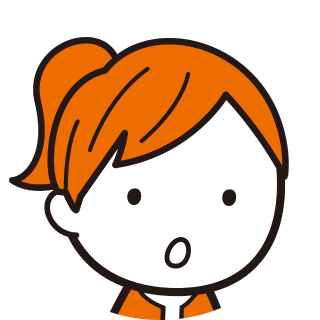
The Copyright Act protects the rights of those who create copyrighted works.

That is correct, but there is another important role. That is the fair exploitation of copyrighted works. In other words, we make it easier for everyone to use copyrighted works by determining the extent to which they can be used freely.
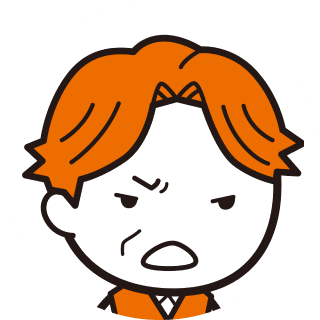
If you protect the rights too strictly, it will be difficult for people to use copyrighted works, and if you give them too much freedom, your rights will not be protected ...
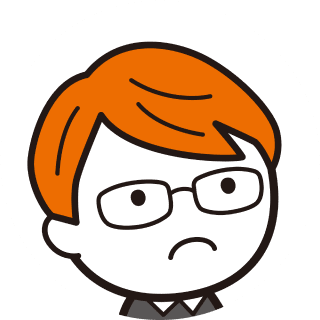
It is difficult to find a balance between the protection of rights and fair exploitation.
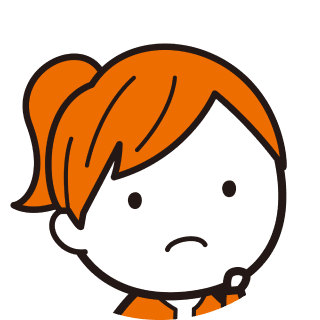
What exactly do you mean by “cultural development”?

Cultural development as referred to in the Copyright Act essentially means the creation of a wide variety of expressive works. In the field of technology covered by patents, to give an extreme example, it could just be a single technology. For example, if the price is the same, everyone would want to use the battery that lasts the longest. But this is not the case for copyrighted works. Sometimes you would like to listen to Mr. Children songs, sometimes you want to listen to Perfume songs, right?

I see. So, the idea is that by creating a variety of expressions, we can create a richer society. Many people create copyrighted works every day, and because there are no registration procedures required, the system makes it easier for many copyrighted works to be created.
Point
The purpose of the Copyright Act is to contribute to cultural development through the protection of the rights of authors and the fair exploitation of copyrighted works.
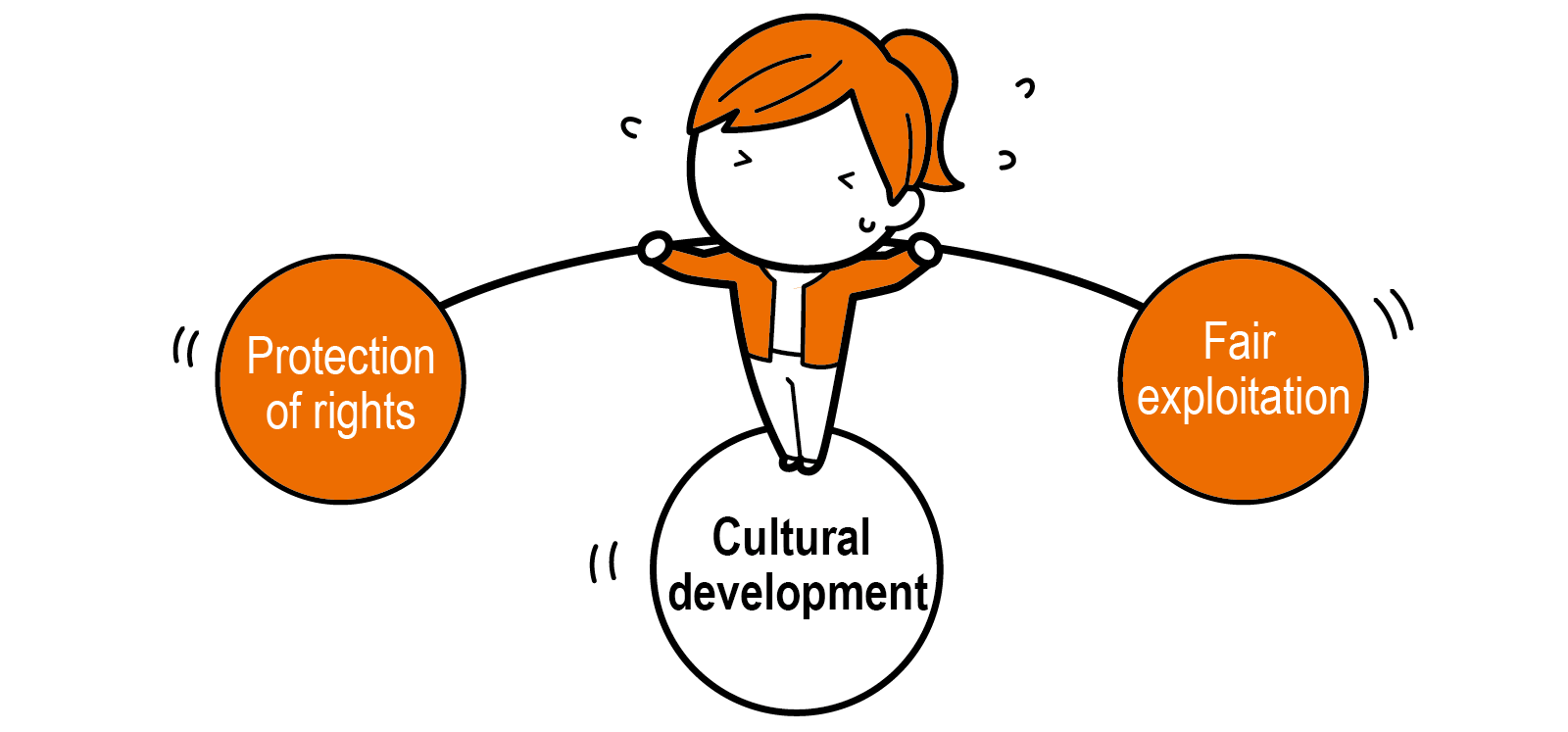
The Copyright Act determines what a copyrighted work is, what kind of rights are copyrightable (protection of authors), and in what cases copyright is limited (what is fair exploitation?).
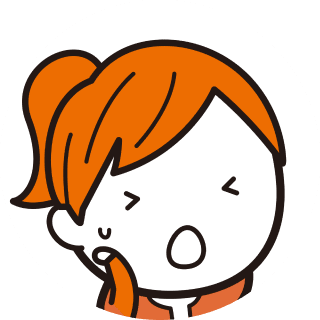
However, the law is difficult and I don't understand it well ...
There are many places where the law is not
very specific.

The law intentionally stipulates abstractly, and leaves room for interpretation, so some people may have different opinions. Sometimes you don't know until a decision by the court is given.
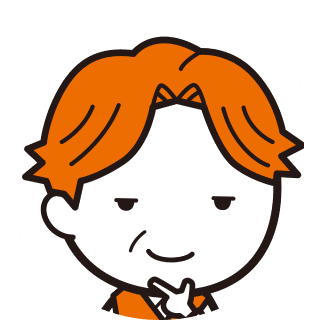
This means that sometimes things cannot be clearly defined as black and white right away.

We want to keep things black and white if possible. There are many materials that teachers can refer to. One of them is titled the "Guidelines for Article 35 under the Amended Copyright Act".*1
Memo *1
Guidelines for Article 35 under the Amended Copyright Act are explained in detail in Chapter 2.

